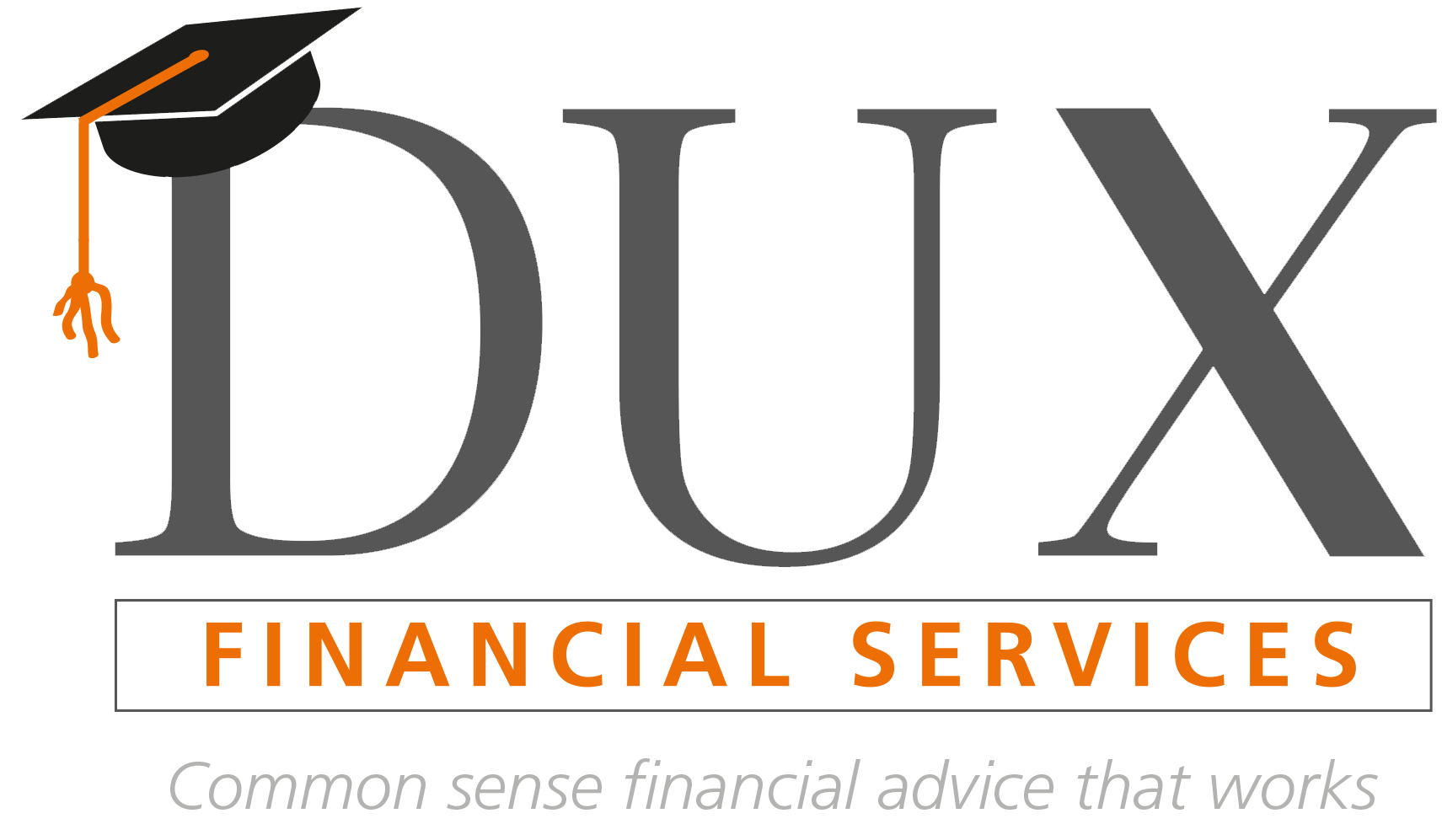Cost of a credit card
We all know that cards have interest rates and its not difficult to work out the interest cost per month. If you have a $10,000 balance owing, on a 20% card, the interest cost will be $166 a month.
Most people assume that that’s all they have to pay on their card, but it’s not quite that simple.
Minimum payments:
All credit cards have minimum monthly payments, this is the minimum amount of money you have to put into the card.
But here is the trick, the minimum payment is more than the interest cost you pay on the card.
What happens is that you pay the minimum payment, this money is more than the interest cost and you can spend what’s left. This keeps you in the habit of using the card, and in some cases, because you can spend the money that’s meant to go on the interest, you can end up with penalty costs for overspending.
What are the minimum payments?
The minimum monthly payments for each card are on the table below.
The minimum payment is the higher of the % of the balance owing or the dollar figure above. So for an ANZ card owing $1000, the 2% minimum is $20 for that month, which is higher than the $5 minimum, so you have to pay $20.
Whats the trap?
For our original example of the ANZ card of $10,000 owing, the interest is $166 for the month, but the minimum payment is $200. This leaves $34 in the card you can spend. This makes you more likely to keep using the card and more likely to spend more than you have left there, risking the interest payment going over the limit and costing you more.
What else?
It's not so bad for the cards with a 2% minimum payment, if the interest rate is the normal 20%.
But if you have a 0% card, the interest is $0, but the minimum payment is still $200 (for a 10K card), this leaves $200 you are tempted to spend, meaning you don’t pay back the card (and other issues, see our article on balance transfer cards).
For cards with a higher minimum payment, such as 3 or 5%, this would bee $300 or $500 on a 10K card balance, leaving even more money in the card to tempt you to spend.
If you are on a tight budget and struggling with cashflow you may find the minimum payment is too much for your budget (especially on the 3 or 5% cards). This leaves you more likely to use the card to cover your budget shortfall and stay stuck on the rat wheel of credit card usage.
Any other issues?
The money you put on the card to pay the interest does not get locked away to cover the future payment, it just sits there as available money and you have to rely on willpower to not spend it. If you spend that money, the interest still gets charged but it eats into any other money you have on the card or goes over the limit, both of which cost you more.
So what should you do?
Stop using the card altogether (lock it), lower the limit to as low as you can (to what you owe basically), move to a lower minimum payment card if your budget is too tight for a high minimum payment, and then build up other savings for your spending.
Summary:
Credit cards are a trap and the monthly minimum payment can keep you stuck in that trap. Getting off the card rat wheel and living in cash will make life easier for you and save you money in the long term.


